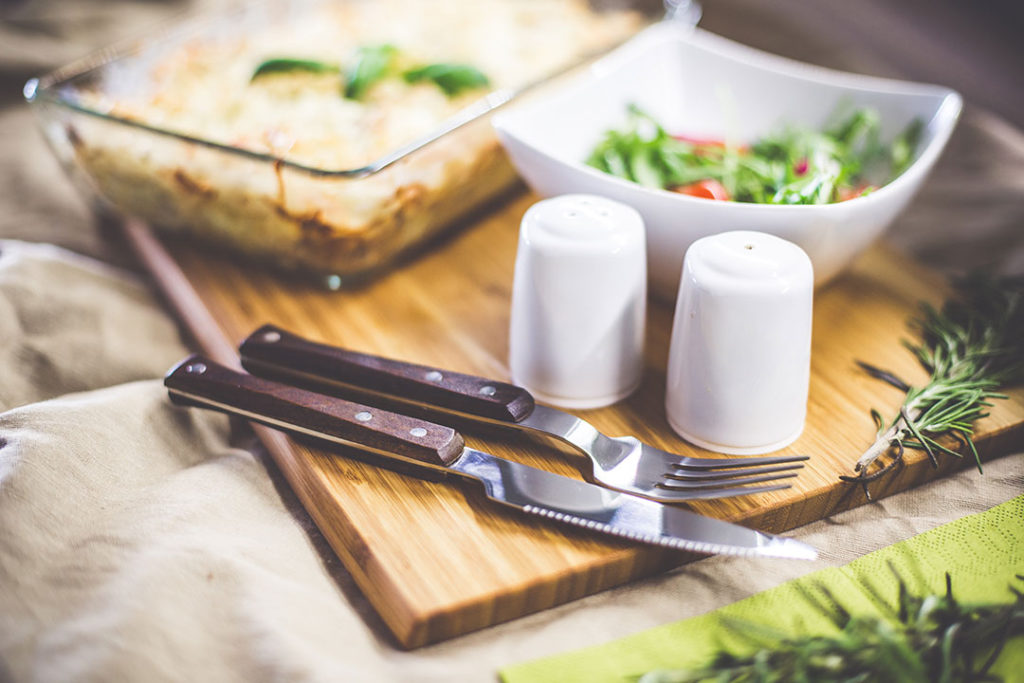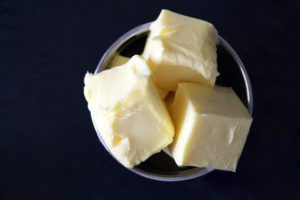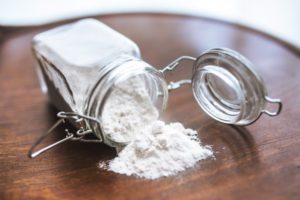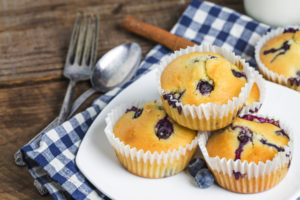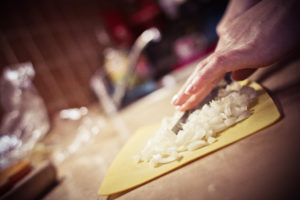Although they’ll never admit it, even the most learned of culinary geniuses still struggle with kitchen basics. Who are any of us to judge pasta insecurity or chocolate mishaps? Fortunately, there’s a solution for every dilemma. We’ll try our best to answer your common cooking questions.
How do I stop pasta from clumping/sticking together?
Although it may seem like the most logical solution, do not add oil to your gummy pasta! Sure it’ll alleviate some stickiness, but the oil will also make all the sauce slide off and end up at the bottom of your bowl (obviously this is fine if the only addition you’re planning on is butter or oil).
One of the easiest ways to minimise the chances of the dreaded pasta stick is to use a bigger pot – the pasta needs room to move and separate. Other than that, boiling (really boiling) water is your best basic bet. Boiling water washes off the starch of the pasta, whereas a lukewarm pot will cause the starch to concentrate, resulting in sticky strands.
What is a stick of butter?
A ‘stick of butter’ is an Americanism. In the United States, butter is typically sold in ½ or 1 pound packages and is divided into ‘sticks’. Translated, a stick of butter is a ½ cup or 113 grams of butter.
How do I know if cheese has gone bad?
You might have forgotten about that chunk of cheese in the back of your fridge, but that doesn’t necessarily mean it’s turned to poison. Usually, a simple taste is enough to deduce potential spoilage; if there is a sour or easily detectable unpleasantness, it’s probably time for the bin.
Mould as an sign of edibility will depend on the type of cheese. Generally with softer and shredded cheese, mould is a good visual indicator that the expiry date has come and gone and that you’d be better off without those slices. The mould on harder cheese, however, can generally be cut away. If the goldenness beneath is still smooth and clean, it’s safe to eat. If the entire piece is covered in greyish fur, however, it’s time to say goodbye.
Can I turn plain flour into self-raising flour?
Seems like sorcery, but is actually incredibly easy. Just add 2 teaspoons of baking powder for every cup of flour. Sift or stir them together in a bowl before using, as you need them to integrate.
Which part of the scallion (green onion) do you use?
The faithful scallion is one of the best flavour enhancers in cooking. Often used as a base but equally as delicious raw, these Alliums are definitely a kitchen staple. Both the green and white parts are edible, but each tastes better when used in a different way. The white part has a rather sharp flavour so is best cooked, whereas the green parts have a milder taste and so can be eaten raw or as garnish.
How can I keep berries and raisins from sinking to the bottom of cakes and muffins?
If you’re ending up with soggy bottoms that would make Mary Berry blanch, don’t worry. It’s the liquid in the fruit that’s to blame, not your cooking skills. Berries and dried fruits are coated in a fine layer of moisture, which means they don’t stick to the batter, and go on their own trip to the bottom of your pan. Simply tossing these fruity culprits in flour and then folding them into the mixture will absorb the liquid that’s released as they bake, and keep your bottoms dry and your tops fruit-abundant.
How do I know if wine has gone bad?
The cork is going to be your first indicator that a wine might have gone off. If it’s protruding slightly, it means that the wine has overheated and its flavour has dulled. If you can bear this, you don’t necessarily have to say goodbye to that bottle. Another good visual indicator is the wine’s colour; brownish or deep yellow generally aren’t good signs.
The smell will also give away the state of a wine’s freshness. Any bottle that gives off an aroma that could easily be compared to vinegar, cardboard, nail polish remover, mould, burnt rubber, or cooked cabbage is best emptied into the sink.
Finally, does your non-sparkling wine have bubbles, or taste fizzy? This means it’s undergone a second fermentation after being bottled, and shouldn’t be decanted.
Why is my melted chocolate grainy and clumping?
Graininess means that a small amount of water has found its way into the chocolate and caused it to seize. There are few things more depressing than clumpy chocolate.
However, seized chocolate can be corrected. It might seem counter-intuitive, but adding another liquid such as hot cream should turn a lumpy mess to smoothness. Remove the chocolate from heat and add one tablespoon of one of the following: vegetable oil, butter, hot cream, warm water, or melted butter while stirring. Add one tablespoon of liquid for every 30g of chocolate as needed.
Do I really need to use salt in baking?
Absolutely! A pinch of salt isn’t suddenly going to make your vanilla eclairs taste more like barbecue ribs.
Salt is the best flavour enhancer in your cupboard. Just a pinch can take any dish from bland to delicious, bringing out the darkness in chocolate, the earthiness of nuts, the zing of fruits. Salt in desserts is often the difference between ‘ok’ and ‘I’d like another slice, please’.
There’s also some important kitchen alchemy involved. Salt has a hand in making the fermentation in yeast slower and steadier, and ensures that the gluten holds more water and carbon dioxide, which in turn creates a stronger and far more delicious crumb.
How can I stop crying while chopping onions?
It’s not that you’ve formed an emotional bond, onion tears are just thanks to a gas called Propanethiol S-oxide which, when mixed with an onion’s enzymes, creates a sulphur gas that irritates your eyes.
In order to keep your eyes dry, it’s recommended that you use an incredibly sharp knife, which will slice through the enzymes (therefore breaking fewer cells) rather than crushing them.
If your knives are in need of replacing but you need that onion immediately, your best bet is to freeze it for about 15 minutes before cutting it. Alternatively, if you don’t mind hunching over the sink perhaps occasionally getting splashed, cutting onions under water has been proven to reduce weeping.

